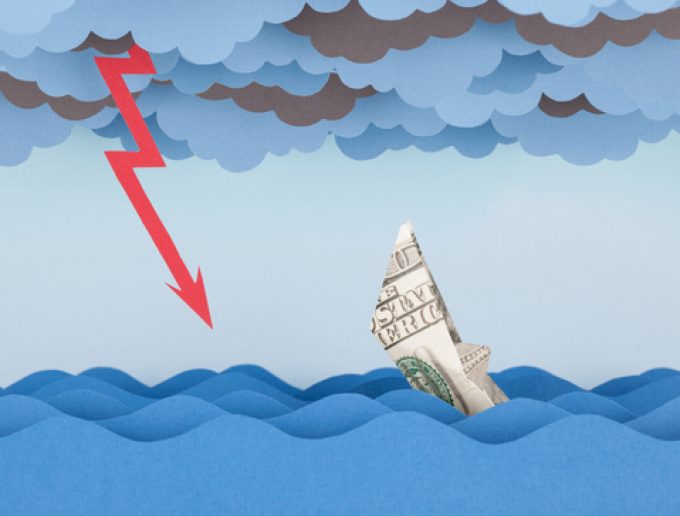Widespread blanked sailings stave off major collapse of transpacific rates
Spot rates across all the major east-west deepsea trades continued their downward descent this week, ...

Container spot rates from Asia to Europe and the US are coming under increased pressure, as the peak season appears “muted” at best.
Freight rates from China fell this week on 19 of the 21 routes covered by the Ningbo Containerized Freight Index (NCFI), with its China-Europe and China-US components in particular dragged down by “insufficient volume”.
The NCFI commentary said “most carriers” had been obliged to discount as spot rates “continue to decline”.
Spot rates for North Europe fell to $9,092 per ...
Keep our news independent, by supporting The Loadstar
Container spot rates diverge: to Europe still falling, but firmer to the US
Volume surge and an early peak season? 'Don't celebrate too soon,' warning
Hapag-Lloyd won't take bookings if port congestion leaves cargo stranded
Ecommerce likely the front-runner in resurge of transpacific trade after deal
China-US trade tariff pause could drive a rebound for transpacific rates
Service chaos from trade ban with India a problem for Pakistan shippers
Airfreight rates ex-China 'loss-making', but hopes of a trade deal stay high


Comment on this article